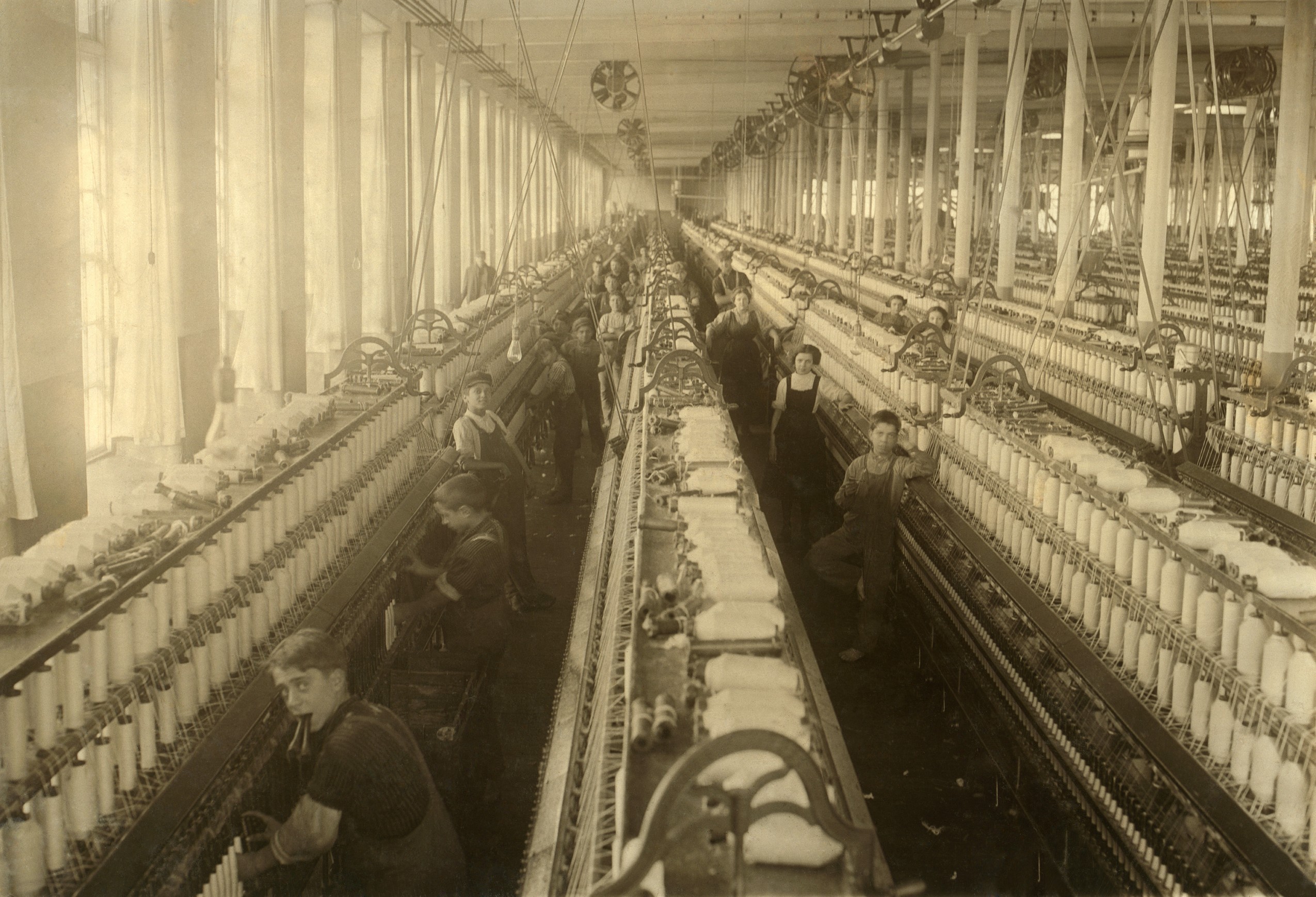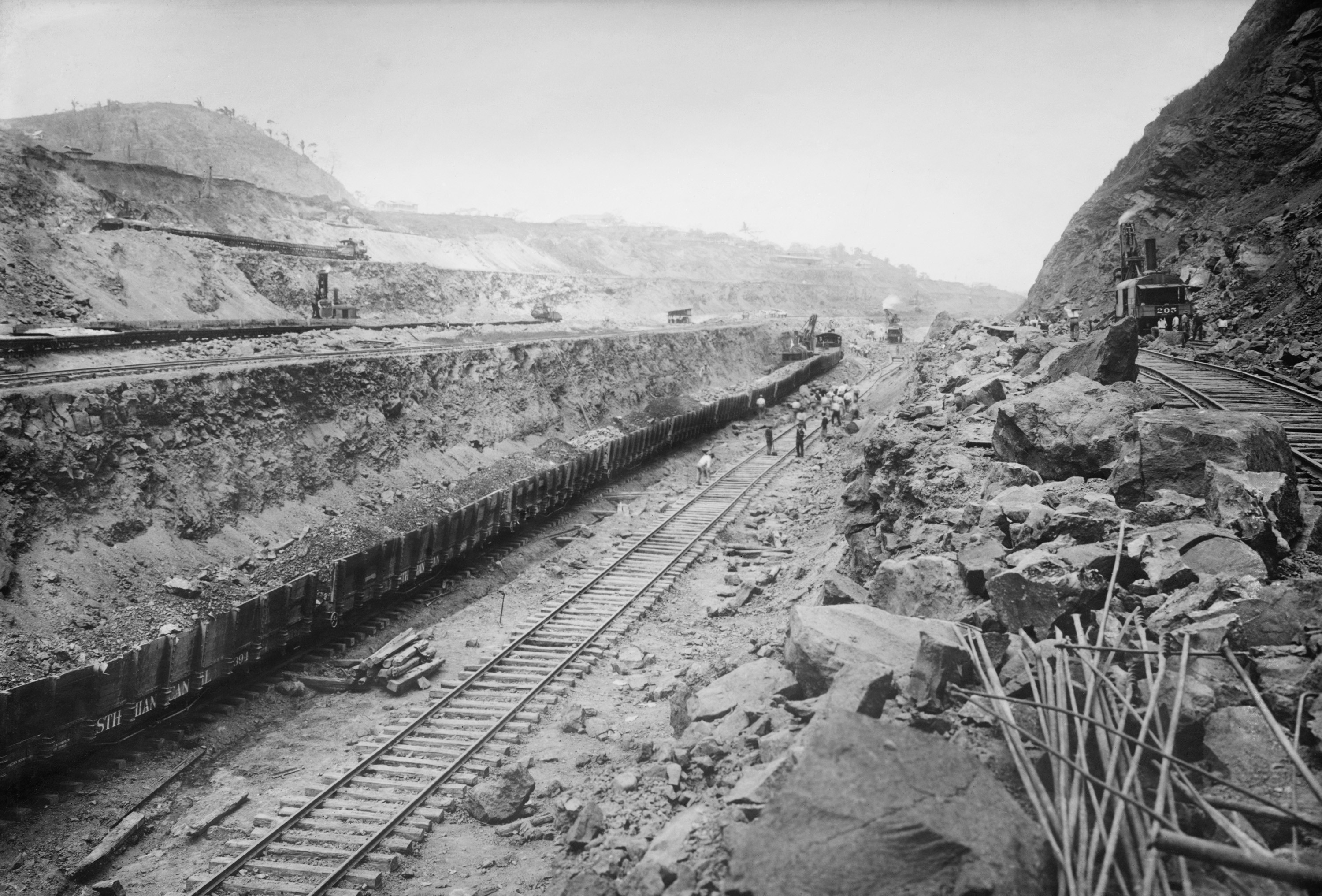When you think about this history of how the United States transformed itself – how it reinvented itself from its origins as a slave society to become the largest industrial society in the world with the largest manufacturing economy by the end of the 19th century – some of these older narratives that emphasised the entrepreneurs, the tycoons and the business visionaries become a lot less persuasive. We begin to think about American institutions, the American political system and American government policies. We think about what they facilitated in the context of the United States that institutions in other parts of the world did not facilitate nor nurture.
The focus shifts away from private market forces, investors, financiers, bankers and merchants – people who were fairly happy with the older commercial economy that increased in the 19th century – to questions about what ultimately generated this massive boom in industrialisation, particularly in the late 19th century. This forces us to put government policies at the centre and to see them as much more formative to the trajectory of American capitalism than we traditionally have assumed.


